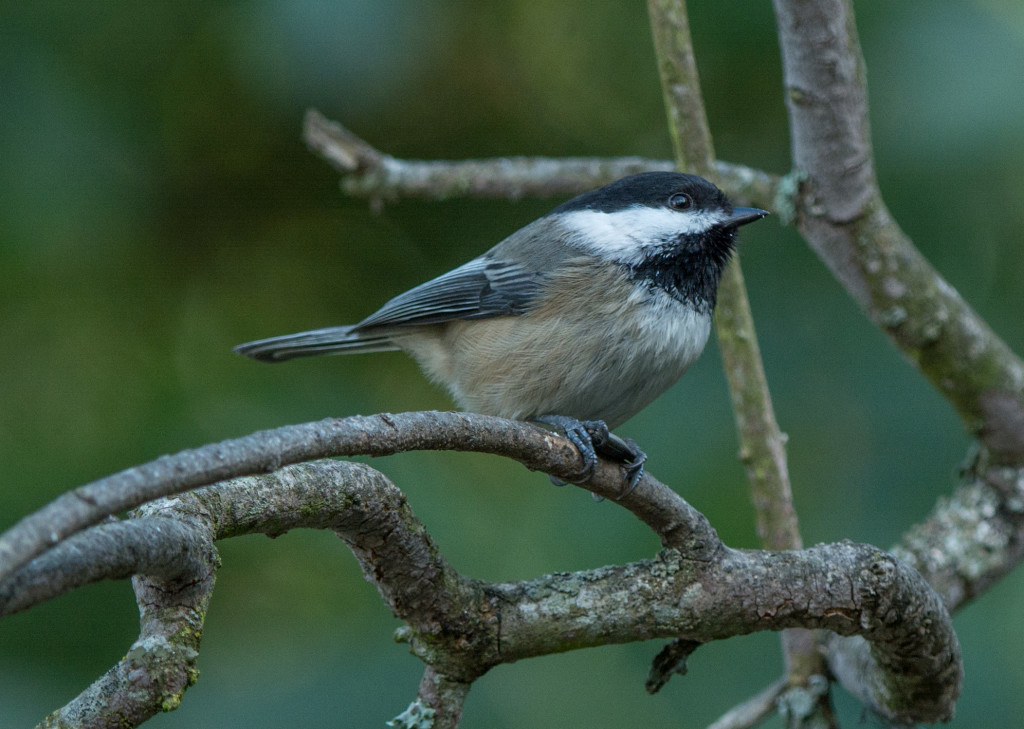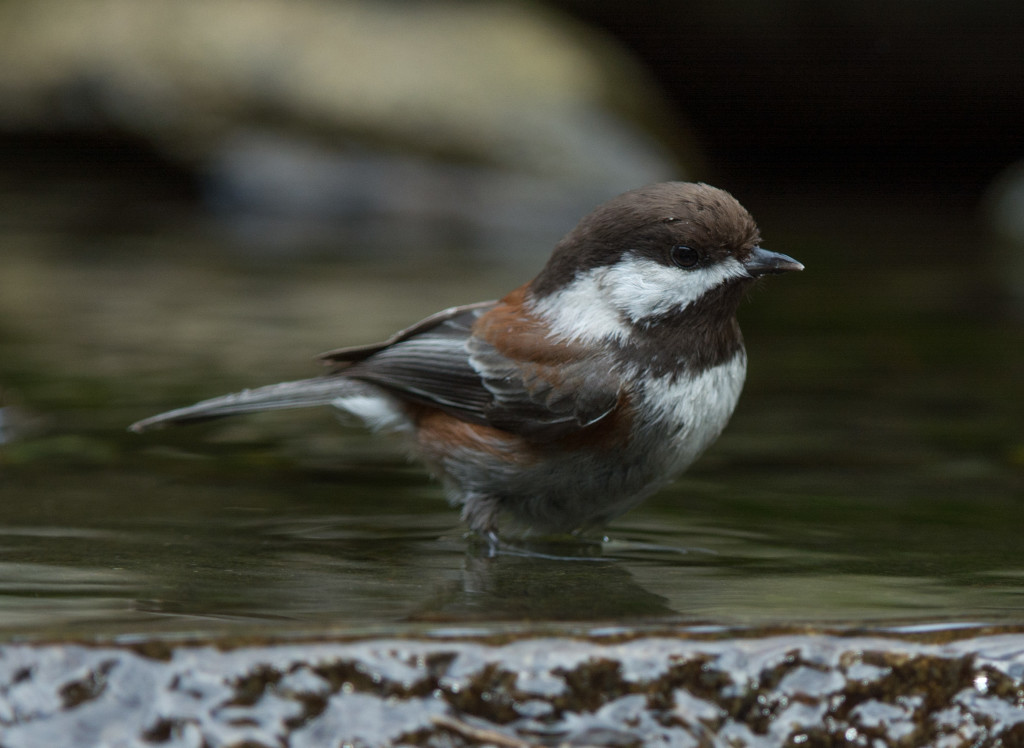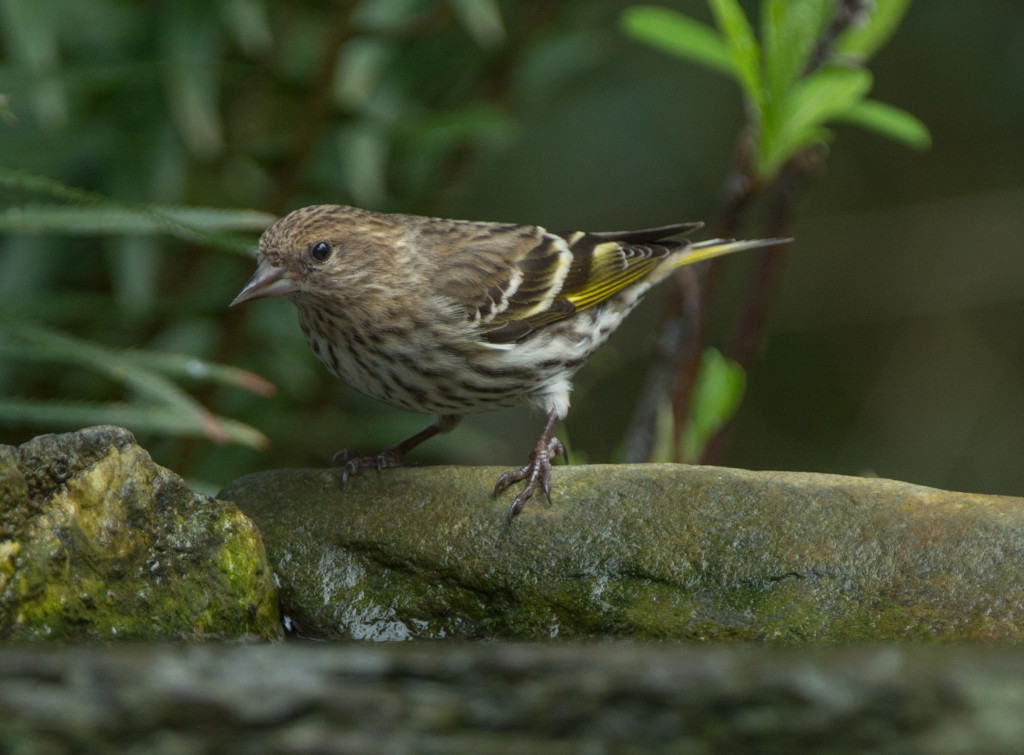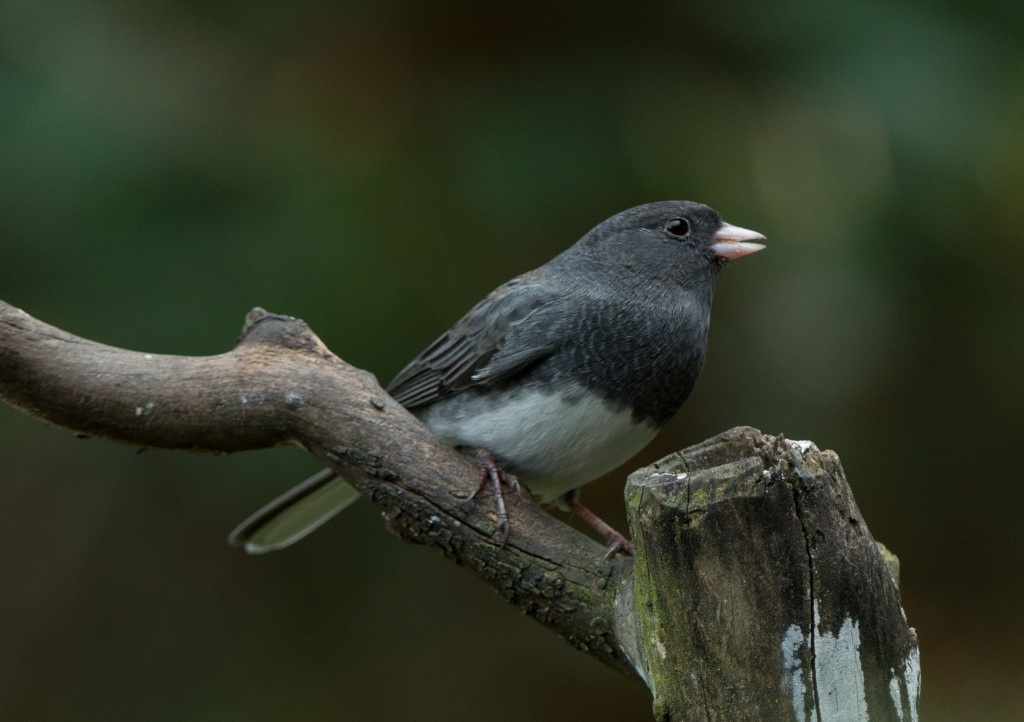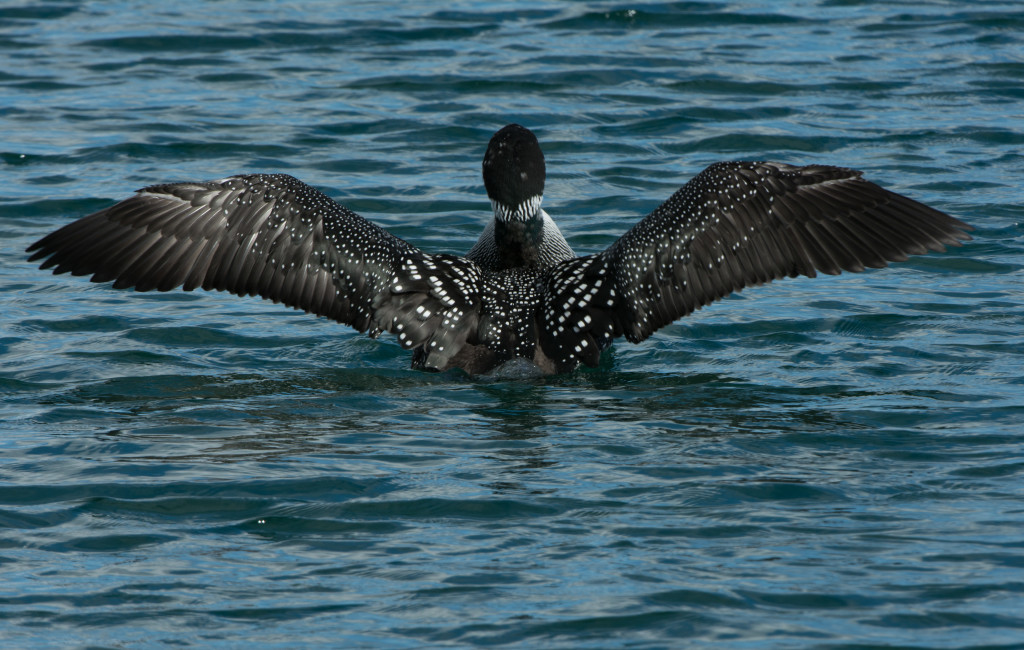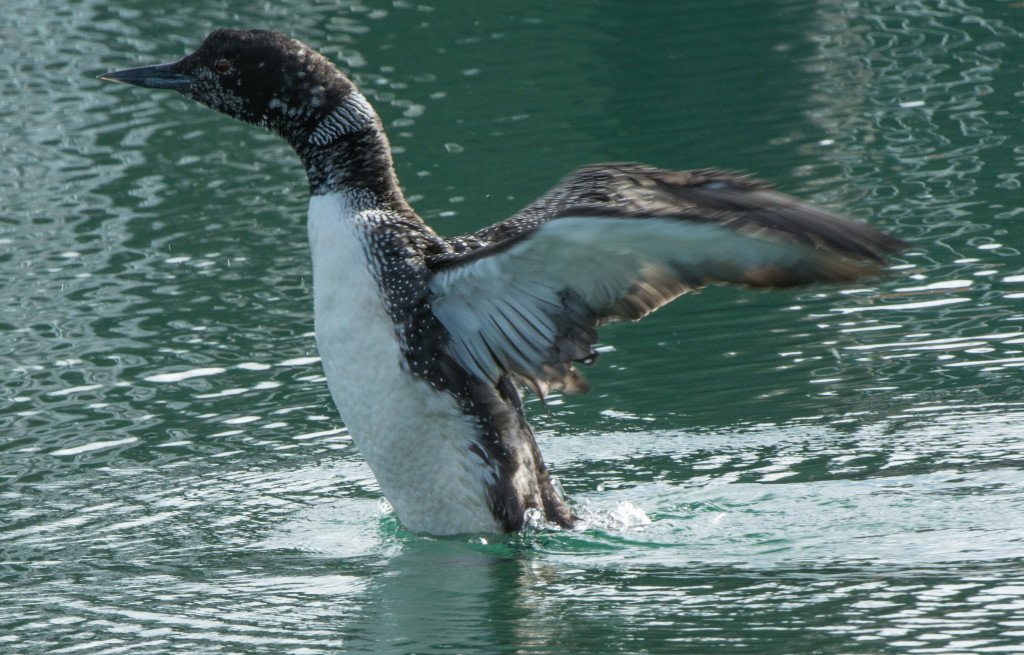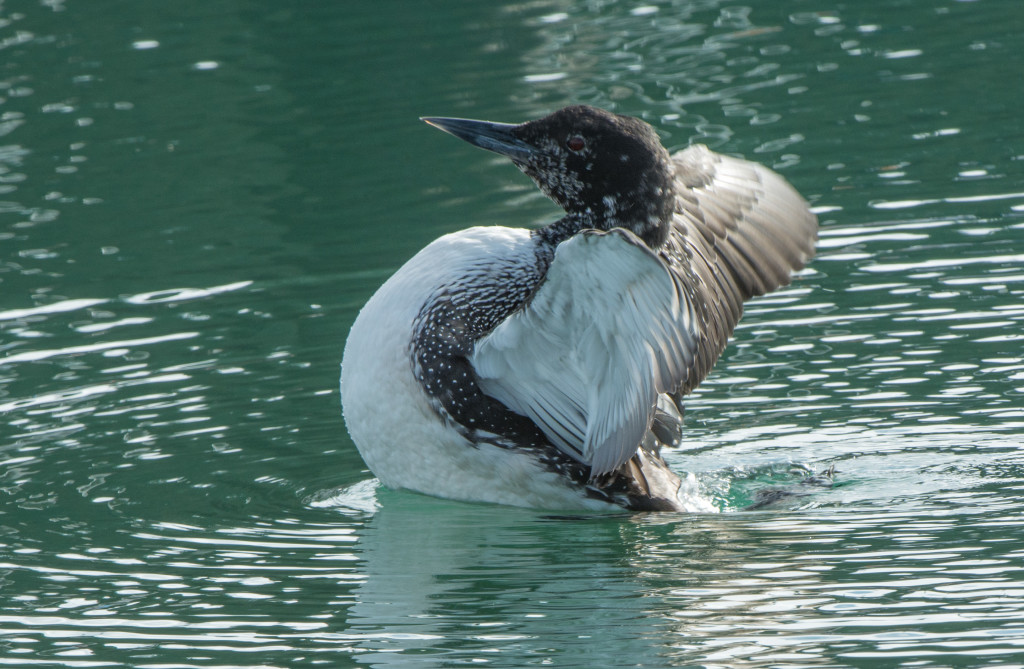I’m having a difficult time returning to photos I took in January and February because I continue to obtain good current photographs.
Over the past two days (March 15-16) I’ve been able to spend considerable time at photography due to the improved weather. Here are a few of the results…
A couple of months ago I was asked what the difference was between the two most numerous species of chickadees was. The first bird pictured here is the Black–capped chickadee, a bird that generally prefers deciduous habitats. The second bird pictured is a Chestnut-backed chickadee, a bird that generally prefers conifers. We have both at my house (where both of these photos were taken but in the more forested areas (such as WA Park where I walk mornings) I usually see only the Chestnut-backed chickadees. We also have a rather rare visitor from higher elevations, the Mountain chickadee, but I’m still waiting for the first one to visit my yard. I did see a Mountain chickadee in WA Park many years ago.
This next bird is a Pine siskin. We had many in the yard around the start of the winter and then they ALL disappeared. Some are now making a comeback. I’ve often wondered about the birds’ breeding habits and yesterday observed one gathering moss/lichen and flying high into the fir trees with it. I highly suspect that it was building a nest with the material.
As I believe I’ve written before, we’ve had at least one Dark-eyed junco of the Slate-colored race overwinter with us here for the past 7=8 years. (I’m sure it’s not the same bird!) I love looking at the junco photos because of the birds’ feather patterns on their mantles. If you look closely at this photo (double-click on it) you can see how neatly all the feathers are laid.
Moving on to the Cap Sante Marina, I found one (or possibly two) Common loons preening at a couple of different locations. I managed to observe (and photograph) the bird rising from the water to stretch its wings on four different occasions. This bird is just coming into its breeding plumage, at which point it will exhibit a spectacular appearance. (Consult your field guide if you are unfamiliar with its breeding plumage.) Unfortunately, in prior years I’ve found that just as the birds are about to reach their full potential they leave the marina area. I find it interesting that the loons are one of the few waterfowl that I see searching for prey from the surface of the water. They stick their head under water while swimming, surveying the depths below.

